Did you know that natural stones come from various origins and have different classifications, impacting their durability?
This comprehensive guide will help demystify the process, educating you on everything from classifications to considerations such as design theme and climate impact.
Ready to achieve a stunning exterior for your house? Let’s dive in!
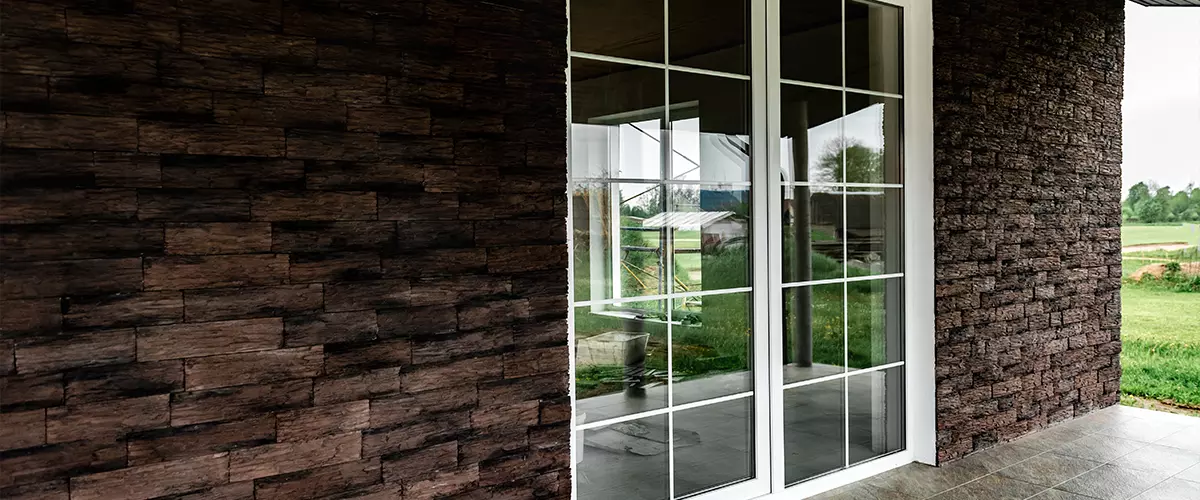
Key Takeaways
- Different kinds of natural stones like limestone, travertine, and sandstone are used for facing homes. Each stone has unique features.
- Picking the right stone involves considering its origin, type, form, where it will be installed, and its finish.
- Stone colors play a big role in your home's look. Colors can range from earthy browns to vibrant reds and blues.
- The climate and chemical effects can impact which stone is best for you. Plus, the design theme of your house also matters in choosing a facing stone.
- Natural stones add value to your home and require low maintenance. They stay strong against weather elements without fading or wearing out easily.
Factors to Consider When Choosing Facing Stone for Your Home
When choosing a facing stone for your home, you need to consider various factors such as the origin of natural stones, and their classifications and forms. It’s crucial to identify suitable areas for natural stone installation in your house and select an ideal finish that complements your overall design theme.
Additionally, consider the different color options available for an aesthetic appeal that enhances the value of your home. Don’t forget to factor in climate and potential chemical effects on certain types of real stone; durability and ease of maintenance are also essential elements for long-term satisfaction with your chosen facing stone.
Origin Of Natural Stones
Natural stones come from the earth itself, formed over millions of years through intense heat and pressure. This process results in a variety of types, each with its unique set of characteristics.
These can include limestone or granite, among many others. Quarries all around the world extract these stones from the ground for use in construction and decoration. The location of these quarries significantly affects the stone’s features, such as color, texture, and durability.
For instance, Italian marble is renowned globally because it comes from certain regions within Italy known for its rich deposits.
General Classifications Of Natural Stones
Siliceous stones and calcareous stones dominate the natural stone market. Siliceous stones come from silica or quartz-like particles. Some examples include granite, slate, sandstone, and quartzite.
These types of natural facing are known for their durability and resistance to acidity, making them a solid choice for outdoor kitchens and exterior walls.
On the flip side, you have calcareous stones, which contain high levels of calcium carbonate. Marble, limestone, onyx, and travertine fall under this classification of building materials.
While these materials lend a unique texture to your house’s aesthetics due to their unique patterns and textures, they’re more sensitive to acidic solutions that could cause erosion over time if not adequately protected.
Making informed selections between these two types will ensure you invest in a durable stone veneer that matches your style perfectly without sacrificing functionality or value.
Different Forms Of Natural Stones
Quarried directly from the earth, whole natural stones express raw, untouched beauty. They are available in various shapes and sizes, making each piece unique and versatile for any design project.
On the other hand, naturally crushed stones serve a different purpose. These smaller fragments of rocks provide excellent drainage solutions and can enhance outdoor landscaping remarkably.
Both types offer a wonderful display of nature’s variety and possess distinct qualities that increase the value of your home aesthetically as well as structurally. Whether you’re considering a grand stone wall or an elegant walkway strewn with pebbles, it’s crucial to choose wisely between whole stones and naturally crushed ones to ensure optimum functionality along with visual appeal.
Areas For Natural Stone Installation
Natural stone installations adorn various areas of your home, adding a touch of elegance and timelessness. Versatile in application, this building material graces the exteriors with stone veneer siding or facing stones on walls for an earthy appeal.
It’s also ideal for driveways and pathways due to its durability against wear and tear. Indoors, natural stones enhance fireplaces, bringing warmth to living rooms. They add sophistication to bathrooms when used as countertops or beautifully textured shower enclosures.
Kitchens get transformed when these are installed as unique backsplashes or durable countertops. Outdoor kitchens benefit from their resilience against elements while boosting aesthetic allure by creating inviting spaces for entertaining guests at backyard barbecues.
From floors to focal points like outdoor fountains, the use of natural stone extends far beyond conventional applications, highlighting its versatility in enhancing both function and design aesthetics in every area it is applied.
Selection Of Natural Stone Finishes
Natural stone finishes play a crucial role in determining the final appearance of your facing stones. Polished finishes, such as those found on marble or granite, provide an elegant and sleek look that’s great for modern-style homes.
On the other hand, tumbled or honed finishes offer a more rustic appeal, ideal for traditional-style houses. These types of finishes are prevalent on stones like limestone or slate.
You can also choose from flamed, bush-hammered or sandblasted surfaces, which create distinct textures and intensify the natural character of the stone. The selection should align with your home’s theme while factoring in durability and maintenance needs.
Colors In Natural Stone Installation
Choosing the right color for natural stone installation can significantly enhance your home’s appeal. A vast array of hues, from earthy browns, soothing grays, to vibrant reds and blues are available in various types of stones, such as granite, marble, and slate.
You can opt for a single shade or mix-and-match colors to create unique patterns on your walls.
Each type of stone offers its distinctive range of shades, making no two installations alike. For instance, limestone ranges typically offer neutral tones like creams and beiges, while gneiss provides options from light pink to dark gray.
Therefore, according to the style you desire – stark modern minimalism or warm rustic charm – there is a suitable natural stone color palette waiting for you.
Various Impacts And Considerations
Climate plays a pivotal role in the selection of facing stone for your home. If you live in an area where temperatures fluctuate drastically, choose a material that can endure these changes without cracking or crumbling.
Stones like granite and slate are known for their resilience under harsh weather conditions.
Chemical effects such as acid rain or high salt content in the air can also affect the longevity and appearance of your stone facade. Limestone, although beautiful, is prone to damage from acidic environments due to its calcareous nature.
Therefore, it’s crucial to consider the chemical makeup of both the stones and your local environment before making a choice.
The design theme of your home is another important element to take into consideration when picking out facing stone. Rustic themes sync well with rugged and natural-looking stones such as fieldstone or sandstone while modern designs typically pair better with smooth, sleek materials like polished marble or quartzite.
Aesthetics should not be overlooked during this process either! Remember that the color, texture, and overall look of the stone will play a major part in defining your home’s exterior appeal.
Lastly but very importantly – consider how choosing certain types of natural stones may add value to your home. High-quality materials might require more investment upfront but could potentially boost resale value down the line due to their durability and timeless appeal.
Durability And Ease Of Maintenance
Natural stone stands as a testament to durability, withstanding the test of time better than most building materials. It offers an impressive resistance against weather elements and does not fade or wear easily.
Discolorations and surface damage are rare occurrences, adding to its longevity. Equally important is the minimal maintenance it requires once installed. A simple routine of cleaning using warm water and mild detergent keeps your stone veneer looking fresh and new for years.
For homeowners seeking a low-care, long-lasting facing material, natural stone makes an excellent choice.
Common Types of Natural Stone for Facing Your Home
Knowing your options is key, so let’s delve into the common types of natural stone you can opt for when facing your home. Limestone boasts a rustic appeal and excellent durability, making it a popular choice.
Travertine provides a unique weather-worn look with its spongy texture and porous nature. Sandstone is known for its easy installation and diverse color options. Granite, robust and resistant to scratches, offers an unbeatable combination of aesthetics and practicality.
Quartzite comes in varying hues, offering customizable design possibilities, while flint lends a distinctive touch with its glassy appearance. Marble imparts elegance, while slate brings earthy tones into play; both are unrivaled in their aesthetic appeal.
Onyx stands out with dramatic patterns, adding character to your building facade; Gneiss adds visual interest through striations formed from high-pressure metamorphism, while Steatite’s softness makes it perfect for carving intricate details on your home’s exterior-facing stone surfaces.
Limestone
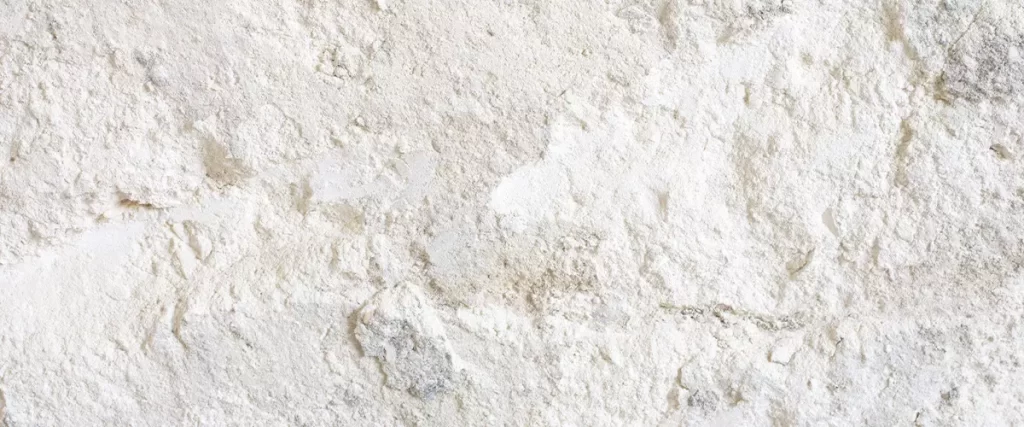
Limestone stands out as a popular choice for homeowners seeking to add an elegant touch to their houses.
The natural stone is known for its timeless beauty and versatility, making it a top pick for various home decor.
Its light color palette, ranging from pure white to muted tones of gray, complements many different design themes.
Not only does limestone score high on aesthetics, but also offers functional benefits that contribute significantly to its popularity among facing stones. This durable stone can resist the harshest weather conditions without fading or discoloring over time.
In terms of maintenance, limestone demands minimal care – a quick rinse with water keeps it looking fresh and new!
Sandstone
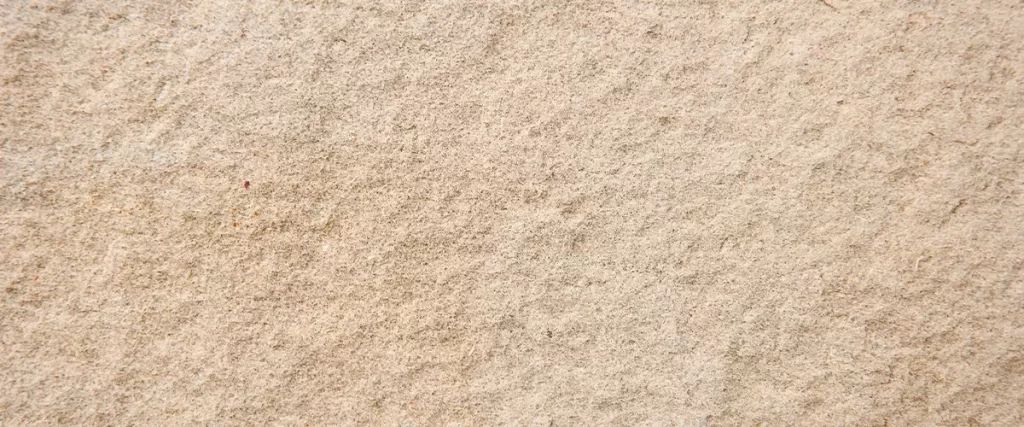
Sandstone stands as an excellent choice for homeowners looking to achieve a naturally warm and rugged appearance in their homes. Excelling in durability, this natural stone resists weathering, making it an ideal choice for both indoor and outdoor installations.
Available in varying shades of reds and browns, sandstone complements rustic or traditional design themes perfectly. Compared to other stones such as granite or marble, sandstone offers easier installation due to its relative softness while maintaining strength characteristics.
One striking feature of sandstone is its unique texture; each individual piece showcases different grains and colors, lending your home a distinct look every time! Its porous nature calls for regular sealing treatments but guarantees long-lasting beauty with proper care.
As a facing stone, sandstone adds value by enhancing your home’s aesthetic appeal while ensuring reliable performance over time.
Granite

Granite, a highly valued natural stone, offers homeowners unmatched durability and elegance.
Extracted from the earth’s crust, granite gains its strength from being under immense pressure over millions of years.
The impressive list of qualities includes resistance to chipping, scratching, and heat – ideal for any household scenario. This beautiful stone comes in a range of colors due to the different types of minerals present during formation; each slab is truly unique! A sealant can enhance the vivid patterns and protect against stains or damage.
Notably, easy maintenance makes granite an excellent choice for busy households seeking long-term value with minimal upkeep.
Quartzite
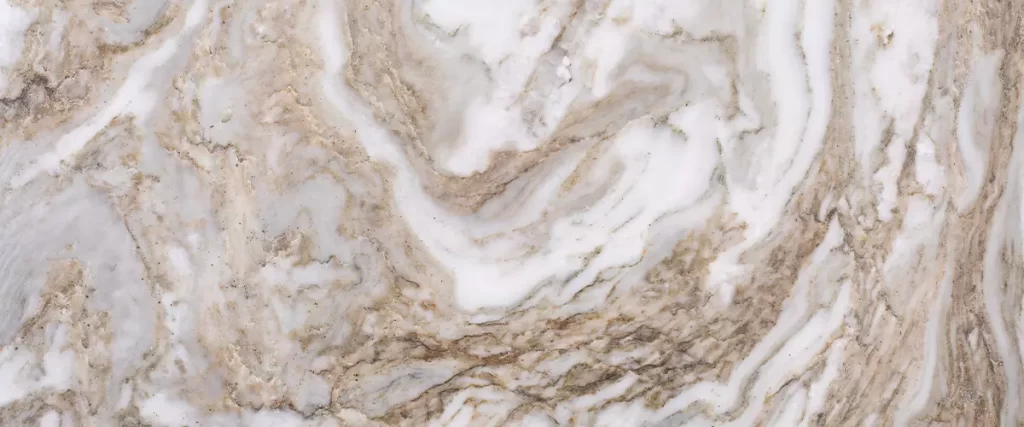
Quartzite is a marvelous choice when considering natural stone for your home’s facing. It is an incredibly hard and durable stone formed from sandstone and subjected to heat and pressure inside the earth’s crust.
This characteristic makes it resistant to scratches, staining, or etching caused by acidic substances.
Though quartzite requires less maintenance than some other types of natural stone, periodic sealing can enhance its durability even further.
Available in lovely shades of white, pink, gray and black; this sparkling rock adds a unique elegance to any home.
With its shimmering qualities due to refracted light off the surface minerals, quartzite brings not just strength but also aesthetic value into your exterior design plans.
Flint
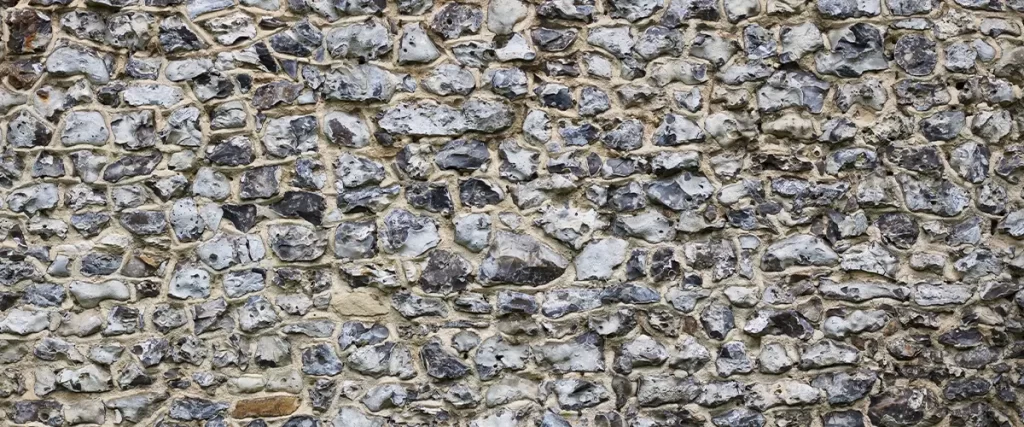
Flint, a type of sedimentary rock, carries a charming appeal to any home. Known for its durability and striking aesthetic, it makes an excellent choice for homeowners looking for natural-facing stone.
Flint typically comes in dark shades ranging from jet black to deep brown while offering unique glittery dimensions under the right lighting conditions. It stands resilient against harsh weather elements while serving as an impressive frontage to your property that can significantly enhance curb appeal.
Mainly quarried in England or France, this robust material is also well-suited for use in outdoor kitchens or feature walls due to its heat resistance features. The sturdy texture of flint ensures low maintenance over time, which provides long-lasting value from your investment in this timeless building stone.
Marble
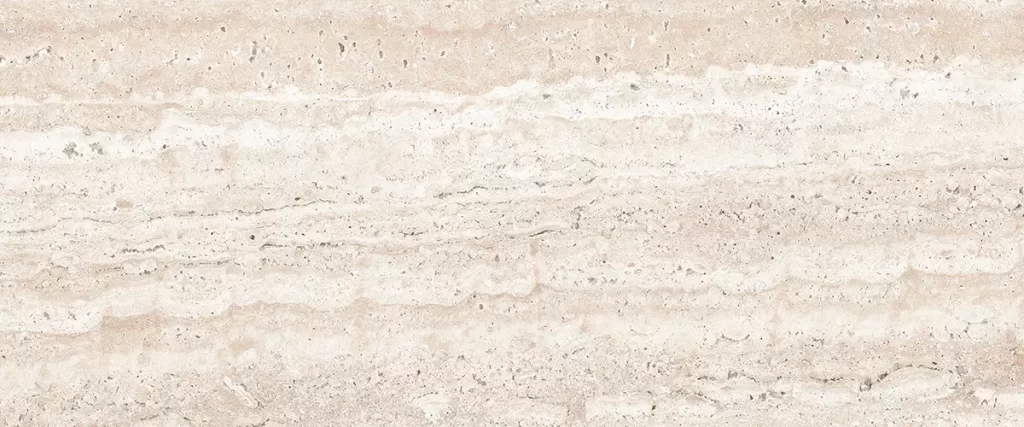
Marble, a natural stone treasured for centuries, can give your home an elegant and timeless appeal. This material is known for its luxurious aesthetics, often featuring delicate veining against a creamy or white base color.
Marble works well in both indoor and outdoor settings due to its enduring durability despite being softer than stones like granite. Its unique texture allows it to easily fit into any design theme you might have for your house.
Fun fact – each slab of marble has a distinct pattern that makes it one-of-a-kind! However, keep in mind that marble requires careful cleaning to prevent staining due to its porous nature.
Depending on the finish used during installation, maintenance might vary, but rest assured, this classic beauty adds value and character wherever she goes!
Slate
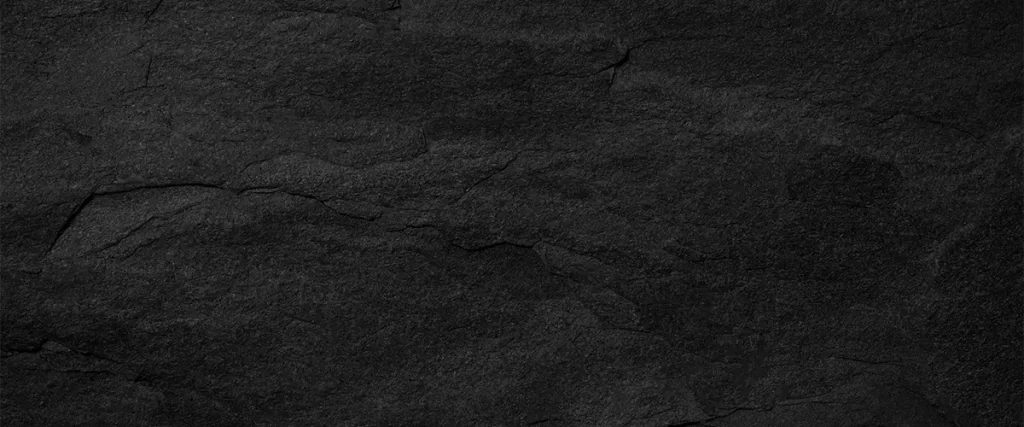
Slate stands as a top choice for home-facing due to its uniform look and durability. Its natural beauty brings out the aesthetic appeal in your home, with distinct colors ranging from dark gray to green or blue.
Slate is resistant to weather changes, making it an excellent selection for any climate. Besides, this stone requires minimal maintenance – simply rinsing it occasionally keeps it looking new for years.
Known for its thinness, slate offers an elegant finish that adds a touch of sophistication while increasing your property’s value.
Onyx

Onyx stands out among the different types of natural stones with its enchanting beauty and uniqueness. Sporting a wide range of colors from white to deep greens, it appeals to homeowners who value individuality and sophistication in their home design.
This translucent stone has layers that add depth and can create an almost hypnotic effect when backlit, making spaces appear larger and more luxurious.
Though not as durable as some other options like granite or quartzite, onyx compensates for this by offering unparalleled elegance. Its unique patterns are often used for fireplace surrounds, wall features, or table tops – areas less exposed to wear and tear.
A professional sealant application is recommended to maintain the glamor of this stone and prolong its lifespan. It’s undeniable that investing in Onyx can elevate any room into a showpiece.
Gneiss

Gneiss is a highly durable natural stone, perfect for facing your home due to its elegant and unique appearance. It comes with a granular texture and shows layers of minerals distinctly, creating an appealing visual pattern on the walls.
Notably, this type of stone gets formed under extreme temperature and pressure conditions deep within the Earth’s crust, making it extremely tough. This toughness makes Gneiss low maintenance as it can withstand harsh environmental conditions without losing its beauty or structure over time.
The color variations in Gneiss range from light to dark tones, giving homeowners great flexibility in choosing what best suits their design preferences.
Steatite
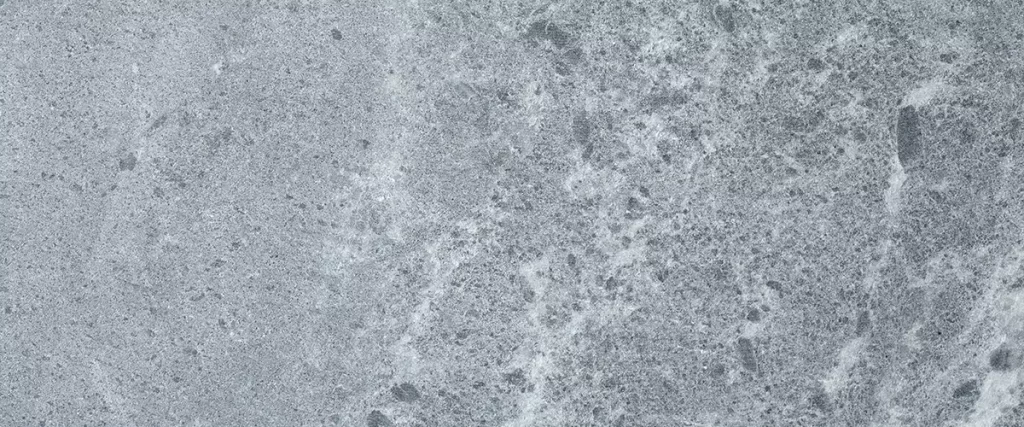
Steatite, also known as soapstone, is a popular choice for homeowners wishing to add a unique touch to their homes. Recognized for its heat resistance and durability, this natural stone withstands high temperatures without cracking or breaking.
Its soft texture allows easy carving and shaping, making it perfect for custom designs. Steatite comes in various shades of gray to green, with beautiful marbling patterns enhancing its aesthetic appeal.
This stone type requires minimal maintenance; periodic oiling keeps it looking new and vibrant over the years while highlighting its natural veining pattern. The cost-efficiency of steatite, combined with its appealing attributes, makes it an excellent option for home-facing.
| Stone Variety | Pros | Cons |
|---|---|---|
| Limestone |
|
|
| Travertine |
|
|
| Sandstone |
|
|
| Granite |
|
|
| Quartzite |
|
|
| Flint |
|
|
| Marble |
|
|
| Slate |
|
|

